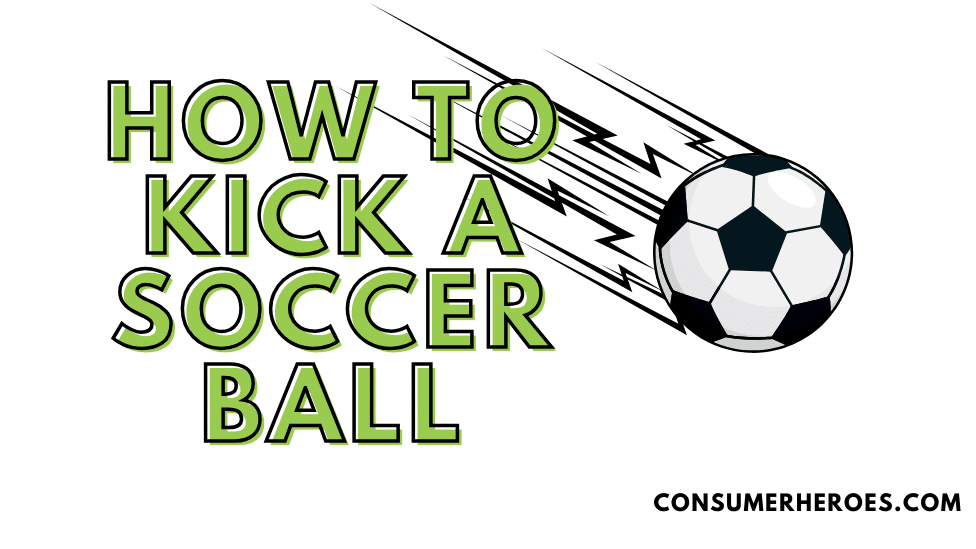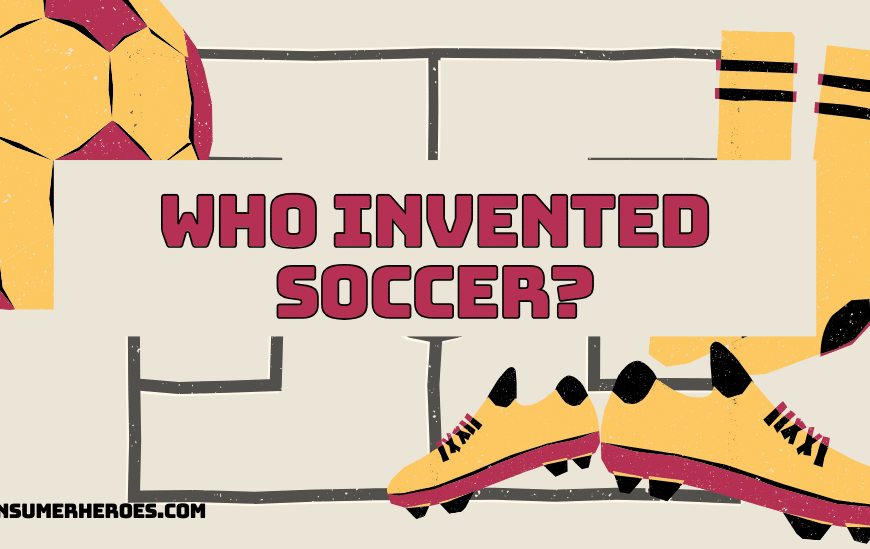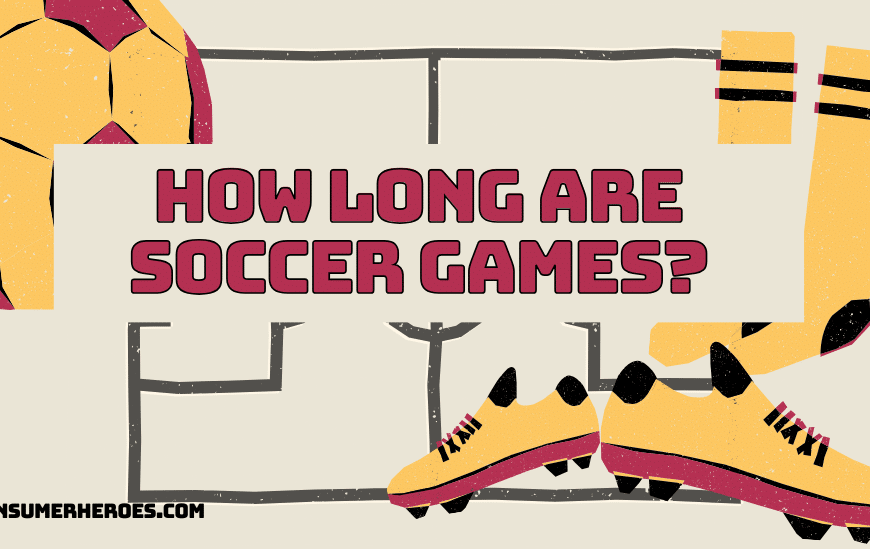Kicking a soccer ball may seem like a simple task, but it requires proper technique and practice to execute it effectively. Whether you are a beginner or an experienced player, learning how to kick a soccer ball correctly can make a significant difference in your game. In this article, we will provide step-by-step instructions on how to kick a soccer ball with accuracy and power.
To start, it’s important to understand the different types of kicks in soccer. The most common kicks include the instep drive, the side-foot pass, and the chip shot. Each of these kicks requires a different approach and technique. The instep drive is used for long-range shots and requires a full swing of the leg, while the side-foot pass is used for short passes and requires a more controlled touch. The chip shot is used to loft the ball over an opponent and into the net.
Before attempting any kick, it’s important to have proper form and posture. This includes standing with your feet shoulder-width apart, keeping your eyes on the ball, and leaning slightly forward. By following these basic principles and practicing regularly, you can improve your kicking skills and become a more effective player on the field.
Understanding the Basics
The Soccer Ball
Before learning how to kick a soccer ball, it is important to understand the ball itself. A soccer ball is made up of 32 panels of leather or synthetic material stitched together. The ball is typically inflated to a pressure of 8.5-15.6 psi and weighs between 14-16 ounces. The size of the ball varies depending on the age group and level of play.
The Importance of Proper Stance
Having a proper stance is crucial for a successful soccer kick. The player should stand with their feet shoulder-width apart and their non-kicking foot slightly behind the ball. The knees should be slightly bent, and the weight should be evenly distributed on both feet. The shoulders should face the target, and the hips should be squared.
Foot Placement
The placement of the foot is also important for a successful kick. The player should aim to make contact with the ball using the laces of their shoe. The toes should be pointed down, and the ankle should be locked. The foot should be positioned slightly to the side of the ball, with the ankle and knee aligned with the target.
By understanding the basics of the soccer ball, proper stance, and foot placement, a player can improve their soccer kick. It is important to practice these techniques regularly to develop muscle memory and improve accuracy.
Executing the Kick
Approaching the Ball
Before kicking the ball, it is important to approach it correctly. The player should take a few steps back and to the side, positioning themselves at an angle to the ball. This allows for a longer running start and better control of the ball.
The player should keep their eyes on the ball at all times while approaching it. This helps with accuracy and timing of the kick. It is also important to keep the non-kicking foot pointed towards the target.
Making Contact
When making contact with the ball, the player should aim for the center of the ball with the top of their foot. The player should make sure to follow through with the kick, extending their leg fully towards the target.
It is important to keep the head down and eyes on the ball during the kick. This helps with accuracy and prevents the player from losing balance.
Follow Through
After making contact with the ball, the player should continue their motion towards the target. This allows for maximum power and accuracy in the kick.
The player should land on their kicking foot and take a few steps forward to maintain balance and control. It is important to keep the non-kicking foot pointed towards the target during the follow-through.
Overall, executing a successful soccer kick requires proper approach, contact, and follow-through. By following these steps, players can improve their accuracy and power when kicking the ball.
Types of Soccer Kicks
Straight Kick
The straight kick is one of the most basic kicks in soccer. The player strikes the ball with the laces of their foot, using a straight motion to propel the ball forward. This type of kick is often used for long passes or shots on goal. To perform a straight kick, the player should approach the ball at a slight angle, plant their non-kicking foot next to the ball, and follow through with their kicking foot in a straight line towards the target.
Side Kick
The side kick is used when the player wants to send the ball in a different direction than their body is facing. This kick is performed by striking the ball with the side of the foot, using a sweeping motion to send the ball to the side. The side kick is useful for passing the ball to a teammate who is not directly in front of the player. To execute a side kick, the player should approach the ball at an angle, plant their non-kicking foot next to the ball, and follow through with a sweeping motion towards the target.
Back Heel Kick
The back heel kick is a more advanced technique that is used to surprise opponents. This kick involves striking the ball with the heel of the foot, using a flicking motion to send the ball in the opposite direction of the player’s body. The back heel kick is often used to pass the ball to a teammate who is behind the player or to shoot the ball on goal when the player is facing away from the net. To perform a back heel kick, the player should approach the ball at an angle, plant their non-kicking foot next to the ball, and flick their heel towards the target.
Overall, there are many different types of kicks in soccer, each with its own specific use. Players should practice these different techniques in order to become more versatile on the field.
Improving Your Kicking Skills
If you want to be a great soccer player, you need to have good kicking skills. Here are some tips to help you improve your kicking skills:
Practice Drills
One of the best ways to improve your kicking skills is to practice drills. Here are some drills you can try:
- Passing Drill: Set up cones or markers in a straight line. Pass the ball back and forth with a partner while moving down the line. This drill helps with accuracy and control.
- Shooting Drill: Set up a goal and practice shooting from different angles. This drill helps with power and accuracy.
- Dribbling Drill: Set up cones or markers in a zig-zag pattern. Dribble the ball through the cones while keeping control. This drill helps with agility and footwork.
Strength Training
Having strong leg muscles is important for kicking power. Here are some exercises you can do to build leg strength:
- Squats: Stand with your feet shoulder-width apart. Bend your knees and lower your body as if you are sitting in a chair. Return to standing position. Repeat for several reps.
- Lunges: Step forward with one foot and lower your body until your front knee is at a 90-degree angle. Return to standing position. Repeat with other foot.
- Calf Raises: Stand with your feet shoulder-width apart. Lift your heels off the ground and hold for a few seconds. Return to starting position. Repeat for several reps.
Flexibility and Balance Exercises
Having good flexibility and balance is important for kicking accuracy and control. Here are some exercises you can do to improve flexibility and balance:
- Stretching: Stretch your legs, hips, and lower back before and after practice or games.
- Yoga: Practice yoga poses that focus on balance, such as tree pose or warrior III.
- Balance Drills: Stand on one foot and balance for as long as you can. Repeat with other foot. You can also try standing on a balance board or wobble board to improve balance.
By practicing drills, doing strength training, and improving flexibility and balance, you can improve your kicking skills and become a better soccer player.
Common Mistakes and How to Avoid Them
Incorrect Foot Placement
One of the most common mistakes that beginners make when kicking a soccer ball is placing their non-kicking foot too far away from the ball. This can cause a loss of balance, resulting in a weak and inaccurate shot. To avoid this, the player should place their non-kicking foot about a foot away from the ball, pointing in the direction they want the ball to go.
Another mistake is placing the non-kicking foot too close to the ball. This can cause the player to kick the ball with the toe, resulting in a lack of power and accuracy. The player should position their non-kicking foot at a comfortable distance, with the toes pointing towards the target.
Poor Follow Through
Another common mistake is not following through with the kick. This can result in a weak and inaccurate shot. To avoid this, the player should swing their kicking leg through the ball, following through with the kick. This will ensure that the ball travels in the desired direction with power and accuracy.
Lack of Power
A lack of power is often caused by not striking the ball with the correct part of the foot. To generate maximum power, the player should use the laces of their foot to strike the ball. Additionally, the player should focus on keeping their head down and their eyes on the ball throughout the entire kicking motion.
Another mistake that can lead to a lack of power is not using the entire body to generate force. The player should use their arms to balance their body and generate additional force. They should also use their hips and core muscles to add power to the kick.
By avoiding these common mistakes, a player can improve their soccer skills and become a more effective kicker.
Conclusion
In conclusion, kicking a soccer ball is a fundamental skill that every soccer player should master. It requires proper technique, practice, and dedication. By following the steps outlined in this article, players can improve their accuracy, power, and consistency when kicking the ball.
Remember to always keep your eye on the ball, plant your non-kicking foot next to the ball, and follow through with your kicking foot. Use the laces or instep of your foot to strike the ball, and aim for the center of the ball to achieve maximum power and accuracy.
It is also important to practice different types of kicks, such as the instep drive, the sidefoot pass, and the chip shot, to become a well-rounded player. Additionally, incorporating strength and conditioning exercises into your training regimen can help improve your kicking ability.
With consistent practice and determination, players can become proficient at kicking a soccer ball and contribute to their team’s success on the field.







